If you’re facing cash-flow challenges and are worried about how you’re going to pay for your insurance, premium funding may be able to help.
It works by having a funding company pay the full premium of your policy on your behalf to the insurer while you repay the funder in monthly repayments.
This can help with your cash flow and can potentially help you to afford to take out multiple policies, if required. There is an interest rate to pay – usually a fixed rate – which is generally tax deductible for the business.
Steadfast Group Broker Technical Manager, Michael White says there are many organisations that offer insurance premium funding.
“It’s just a loan transaction, really,” he says. “Instead of paying the premium upfront, the funder pays the premium to the insurer, and the business pays the premium funder over either 10 or 11 months.”
This type of funding can give businesses more options. For example, a small business can use it to pay for a number of insurances, not just one. The funder may also combine multiple policies into a single loan, which can enable the business to pay repayments each month via one single payment.
Generally, the business needs to put down a deposit of around two months’ premiums to secure the funding. The loan plus interest then needs to be repaid over 10 or 11 months and if a business falls behind with its repayments, the funder can cancel the policy.
How premium funding overcomes technical challenges for small businesses
One of the issues with paying by instalment, White says, is a number of insurers have difficulty getting their systems to accept these types of payments.
“Paying for a policy using instalment payments might sound simple in theory, but in reality, it’s not that easy,” White says.
“Particularly because a policy can be changed. For example, a business might add a feature onto the
policy, and need to pay an extra premium. Or it may take items off and need a refund.
“In cases where you’re talking about relatively small amounts of money, the cost of having the computer system do it can be very expensive. So premium funding offers an alternative to the insurer having to do it.”
“Instead of paying the premium upfront, the funder pays the premium to the insurer, and the business pays the premium funder over either 10 or 11 months”
White adds that it is often a better option than approaching a bank as no collateral is required. Banks often want security before funding a loan, such as a charge over the business owner’s home.
“Premium funding can be available for various amount from a few thousand dollars to many thousands,” White says.
Meanwhile, he adds, in the current environment of rising interest rates, businesses need to check the rates they’ll be charged on any premium funding arrangement before taking out a loan.
“As rates go up, the cost of the funding will also increase,” he says. “So, make sure you know what you’re paying – and check the fine print.”
Interested in discussing further? Talk to a Steadfast broker today.
Important notice – Steadfast Group Limited ABN 98 073 659 677 and Steadfast Network Brokers
This article provides information rather than financial product or other advice. The content of this article, including any information contained in it, has been prepared without taking into account your objectives, financial situation or needs. You should consider the appropriateness of the information, taking these matters into account, before you act on any information. In particular, you should review the product disclosure statement for any product that the information relates to it before acquiring the product.
Information is current as at the date the article is written as specified within it but is subject to change. Steadfast Group Ltd and Steadfast Network Brokers make no representation as to the accuracy or completeness of the information. Various third parties have contributed to the production of this content. All information is subject to copyright and may not be reproduced without the prior written consent of Steadfast Group Limited.
